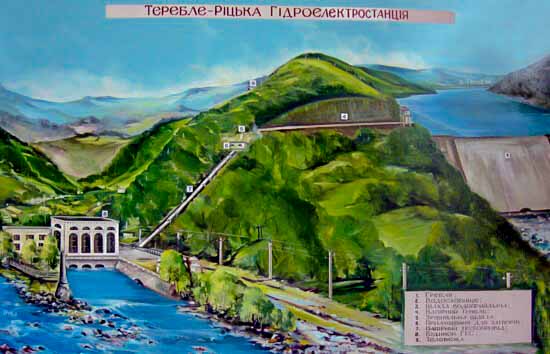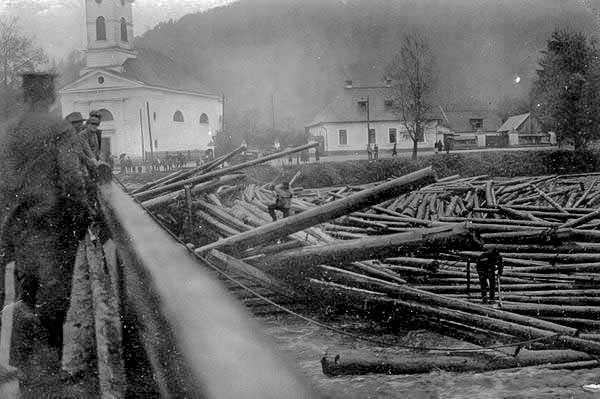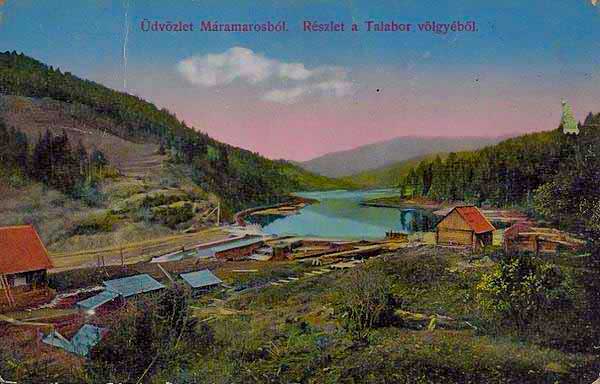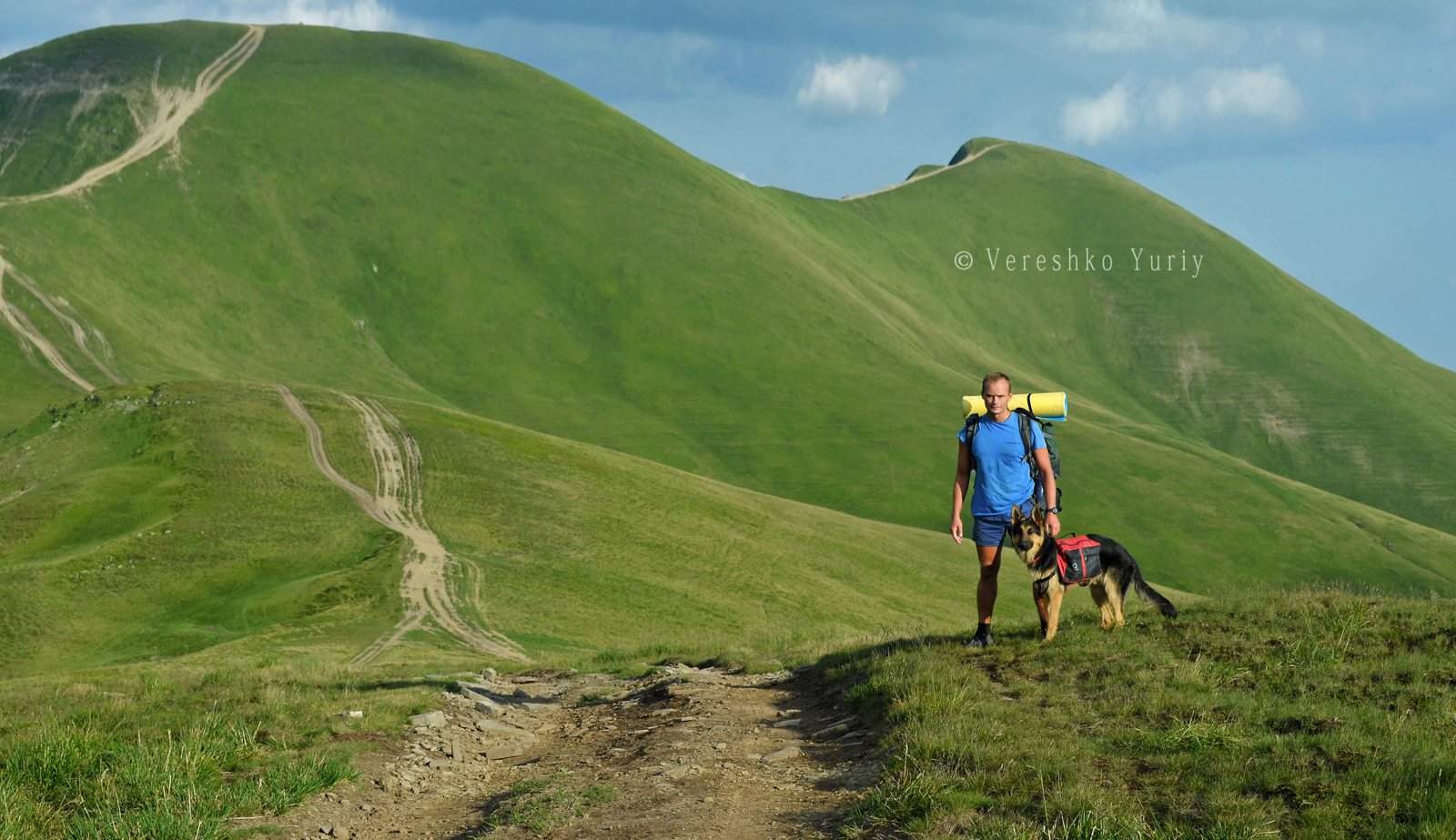From the beginning of the XVII century to the XX century in Transcarpathia there was a developed system of water transport woods. At the end of the XIX century, it consisted of 637 kilometers of waterways and 32 water dams. In the same places where it was impossible to conduct rafting on rivers, ground or narrow gauge railway. The local population called the dams for logging slurs, from Romanian aclauza –csluice.
The wood was transported as follows. The trunks of cut trees were first lowered down steep slopes by wooden chutes or collected by horses to mountain rivers and floated to the Gati, where they formed rafts-Bokor. Before this, a number of preparatory works were carried out: rafters cut out oars-opalchiny, and from the branches of hazel made hoods. They connected the felled trees in a single chain – a tabla. Several linked tables made up a Bokor raft, which is much easier and safer to float than a separate darab raft, which consisted of a single table. The weight of a single darab is too light for the rapid flow of a mountain river. To the front of the tabla wooden spikes attached paddle-opaline. In the middle of the raft was a small crossbar-a cracker. The rafters attached their clothing, equipment, and bags of food to it. For stability, rafters attached iron claws to their feet with leather ropes-puddles. There were several gates on the dam that were designed to drain water from the reservoir. Before the rafting, a part of the locks was opened to raise the water level in the river. Then the lock was opened and Bokor and bokorash were rafted one after another, with an interval of 10-15 minutes. The speed of the current in the river reached 50 kilometers per hour, and, of course, it often happened that rafters could not stay on the Darabi. Those who fell to the water were only rarely alive, and if they escaped, they were crippled. It was a very dangerous profession, but at the same time very prestigious and well-paid.

On the water, the rafts sailed to large settlements, where the wood was sorted, stored and sent on to the consumer.
Thus, the forest was rafted until the middle of the XX century. After construction Tereblya-Rykska hydroelectric power station this fishery is a thing of the past, as the station dam blocked the main path for timber rafting.
Next to lake Synevir, con the Cherina river, near the dam of the XIX century is located Museum forests and rivers. On the territory museum’s you can see a stable, a hut, a guzhvarnya (a workshop where they make ropes for binding logs) and chutes that were used to lower logs down the slopes, as well as various special vehicles. The Museum contains many exhibits dedicated to the life of rafters.
The Museum must be reached on foot about four kilometers from the mouth of the Black River.








